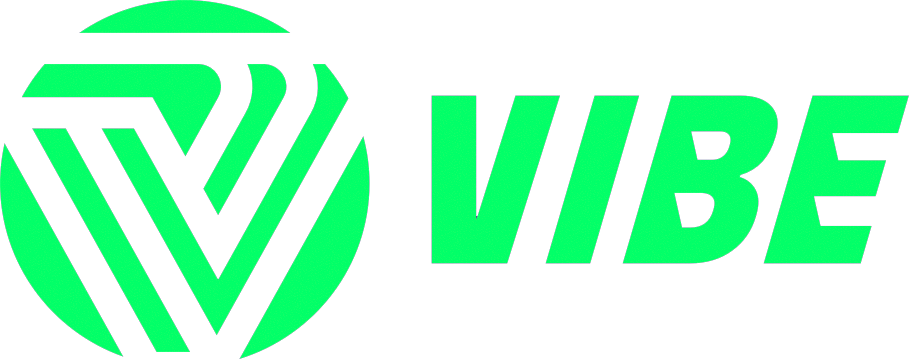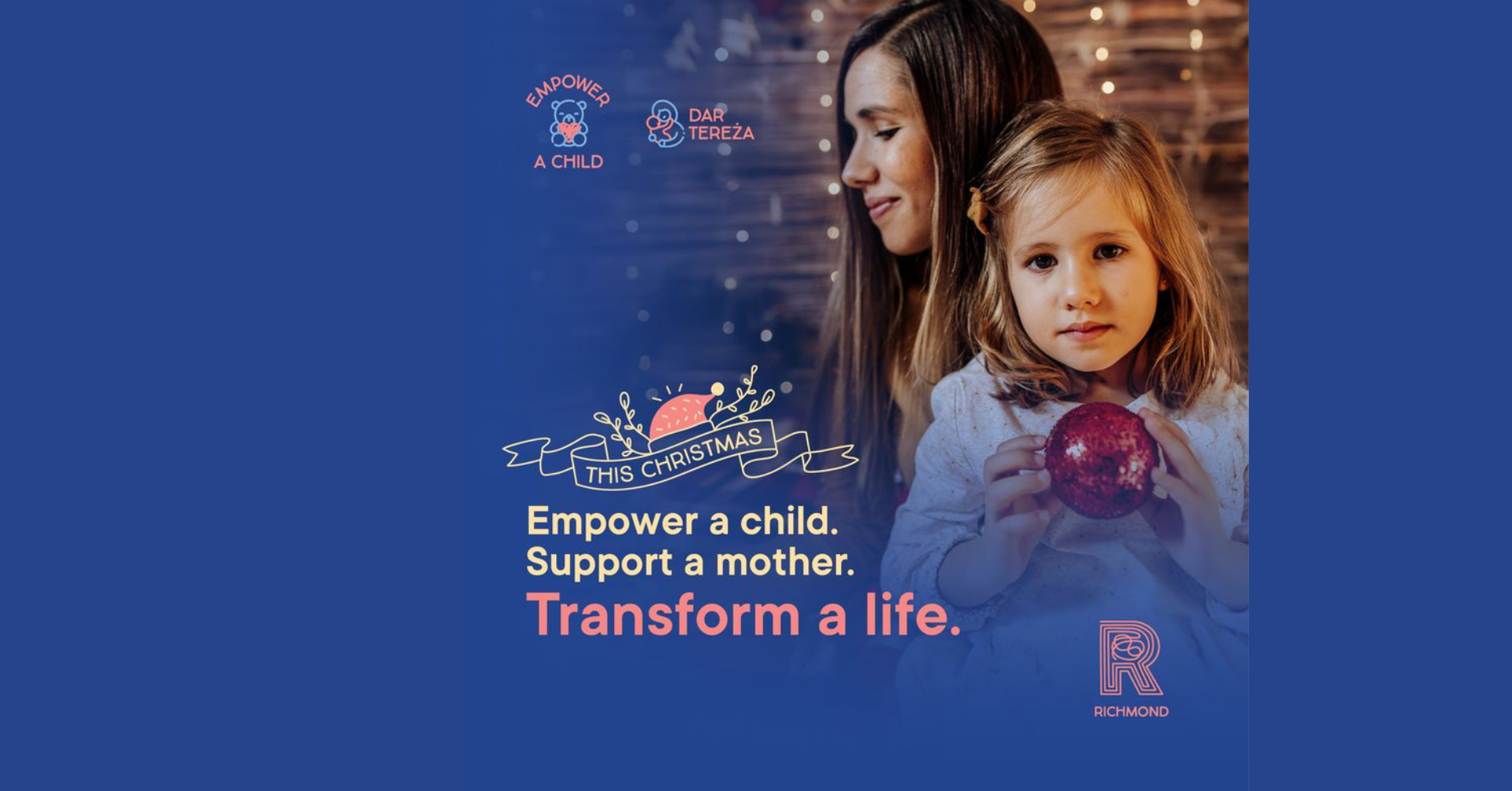The emoji has become part of our daily conversations.

Emoji is a combination of E and Moji in Japanese.
E is translated into picture whilst moji is character.

Emojis first appeared in 1982 as emoticons, a quick way to express one’s emotions.
One decade later, they traveled to Japan and quickly became a household name.
Social media’s meteoric rise, led to its entrance onto the digital world through smartphones and keyboards.

In the world of communication, emojis have changed the game.
They have adjusted the messaging structure and text reading and all comes down to context.
It ignores words and settles for rapidly communicating our ideas and emotions through visuals.

Gen Z use emojis the most but it is easily understood by the rest of the age groups.
This lets communication grow wider and more comprehensive globally with a single click.
Words are not always enough to express something to someone.
A simple heart, thumbs up or a smile can result in a constructed sentence.
It makes the discussion far simpler with the understanding of the sent emoji.

People have transformed meanings and metaphors into emojis.
The skull for instance can be linked to something embarrassing whilst the flame is something cool.
They also can transcend language barriers making interactions stronger and nuanced.
Emojis have entered the market and the global workforce.
Brands, content houses or corportations use emojis when promoting campaigns on social media or applying a strategy.
This instantaneously makes the message visually appealing, and enhances communication.
A simple emoji and caption also makes the brand, or company more visible.
Emojis also has its own day, July 17th.
Globally, people engage in emoji campaigns, activities, and discuss how emoji affects culture and daily interactions.

What do you make of this?
Do you love emojis? DM us and let us know!






